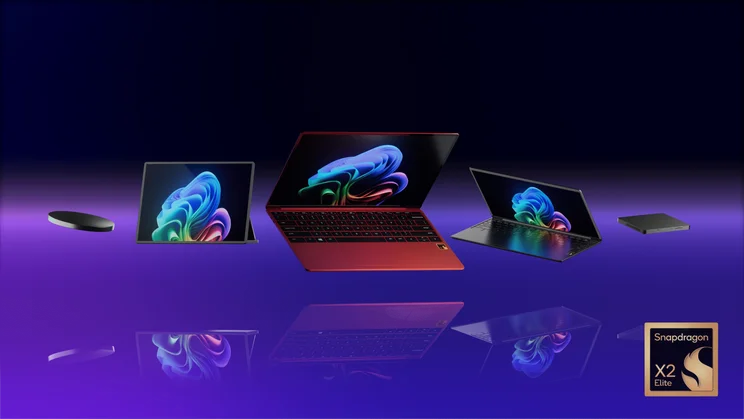To help us provide you with free impartial advice, we may earn a commission if you buy through links on our site. Learn more

Qualcomm flew me and a motley crew of journalists and influencers out to its annual Snapdragon Summit to officially unveil its latest products – the Snapdragon 8 Elite Gen 5 mobile SoC and the Snapdragon X2 Elite Extreme and X2 Elite.
The X2 series chips are being hailed as the most powerful and efficient processors ever to grace Windows machines and are said to deliver big leaps over the original Snapdragon X Elite, which launched at the Snapdragon Summit in 2023.
As such, expect laptops running these platforms to be on the pricier end of the spectrum when they start to hit shelves in summer 2026. We’ll likely see a second-generation version of the Snapdragon X Plus later down the line that will bring improvements to more affordable models, but for now, the focus is firmly on the advanced chipsets.
Snapdragon X2 Elite and X2 Elite Extreme: What’s new?
There wasn’t a PC SoC launched alongside last year’s Snapdragon 8 Elite, so the laptop side of things missed out completely on the second generation of Qualcomm’s Oryon CPU. The two wings have synced up again this year, though, and the X2 Elite series run the latest third-generation Oryon CPU.
Built on a 3nm process, the Gen 3 Oryon comes in three configurations, with up to 18 cores. The top-end model sits in the X2 Elite Extreme, and can achieve a clock speed of up to 5.0GHz with single and dual-core operations. This is the first ARM-compatible CPU to reach these heights, and Qualcomm claims that it can achieve up to 50% faster CPU operations than the previous generation.
Crucially, given how pertinent battery life is to most people’s laptop purchases, this CPU also apparently consumes 43% less power than the original X Elite with the same operations. That doesn’t necessarily mean that battery life will be 43% better than models running the first generation, but it certainly paints an optimistic picture.

Sitting alongside the Oryon is an upgraded Adreno GPU, which is apparently up to 2.3x faster than the previous generation’s GPU, opening the door for smoother framerates, better responsiveness and swifter loading. It also supports a slew of gaming features, including Nvidia’s DirectX 12.2 Ultimate API and 5K/60fps output to up to three monitors.
Also massively upgraded is the Hexagon NPU, which is said to be up to 78% faster than the previous generation, now outputting at up to 80 TOPS (trillions of operations per second). That should allow machines running these chipsets to deliver faster, more complex AI responses than the competition – by comparison, our current favourite laptop, the Apple MacBook Air (M4, 2025), supports up to 38 TOPS.
Of course, until we get our hands on a laptop running the new X2 Elite series, these proposed figures are all intangible. Qualcomm promises “ultimate performance, multi-day battery life and blazing fast AI-processing power,” but we won’t know how accurate these claims are until we’ve put an X2 Elite Extreme laptop through its paces.
We’re expecting the first batch to arrive around summer 2026, so check back in with us then to see if the Snapdragon X2 Elite and Elite Extreme deliver the kind of generational leaps that are being promised.






